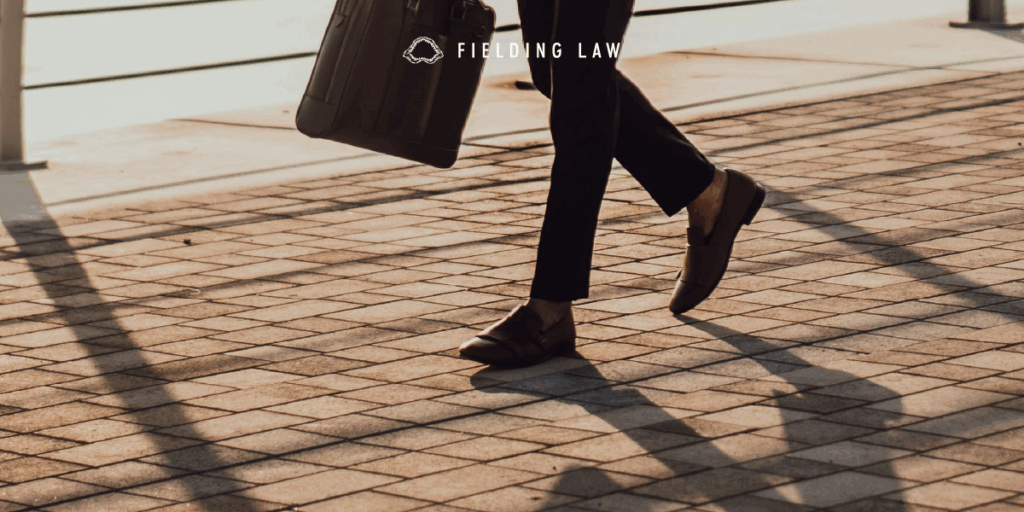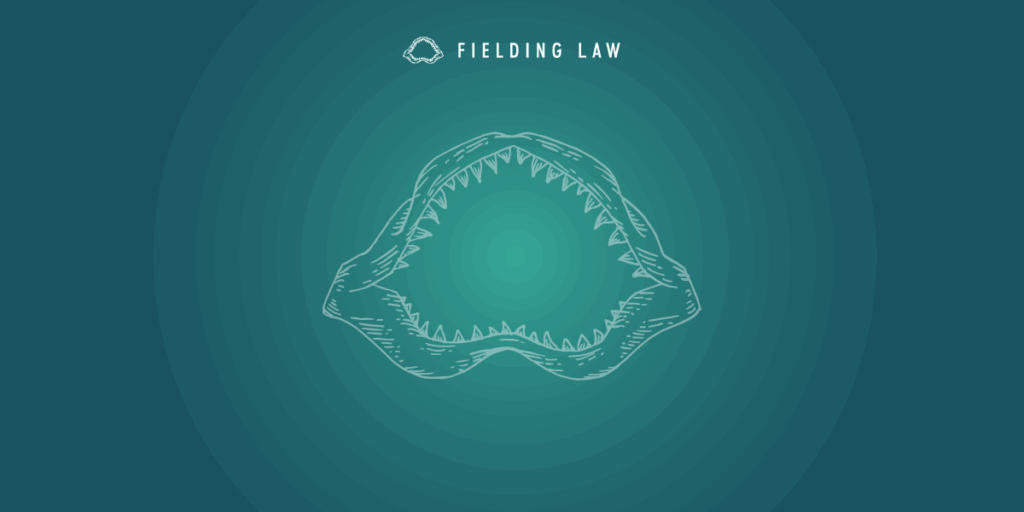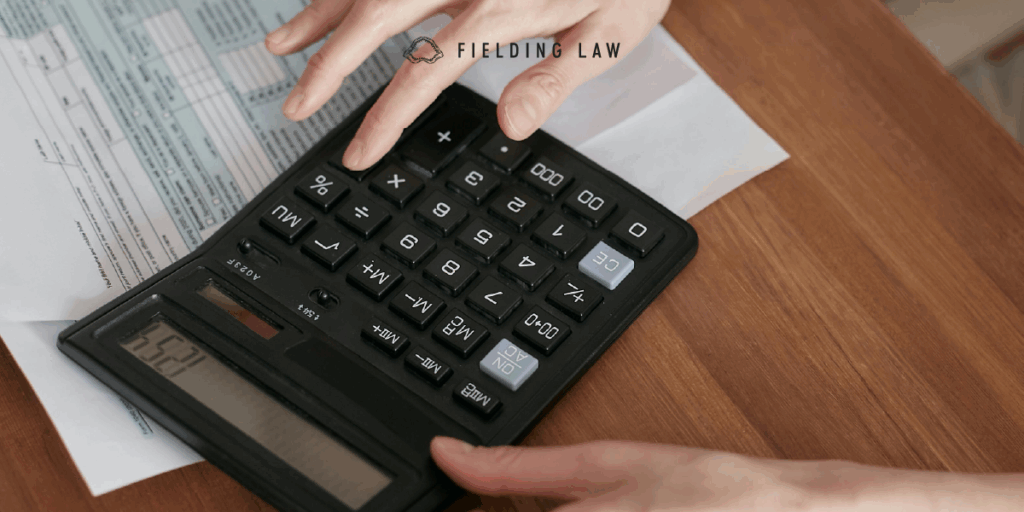
What Is Health Insurance Subrogation
When someone gets hurt in an accident, health insurance often helps pay the medical bills right away. Later, if that person receives money from the person who caused the accident, the health insurance company may ask to get back what it paid. This process is called health insurance subrogation.
In other words, subrogation means the insurance company wants to recover money it already spent on your care after you receive your settlement.
How Subrogation Works
-
You are injured in an accident and need medical treatment.
-
Your health insurance covers the cost of your care.
-
You or your lawyer make a claim against the person who caused the accident.
-
When you receive a settlement, your insurance company may ask for repayment for the bills it paid.
Because of subrogation, you do not get paid twice for the same medical expenses.
Why Subrogation Can Be Confusing
Subrogation can seem tricky because every insurance plan has its own rules. For example, Medicare, Medicaid, and private insurance all follow different systems. In some cases, your lawyer can talk with the insurance company and try to lower the amount that must be repaid. Even a small reduction can make a big difference in what you keep from your settlement.
Why a Personal Injury Lawyer Makes a Difference
A lawyer helps you understand your insurance plan and your rights. They can handle communication with the insurance company and protect your final recovery. In addition, your lawyer can negotiate to reduce repayment amounts and make sure you do not lose more of your settlement than necessary.
Why Hire Fielding Law
At Fielding Law, we know that accident victims already face enough stress. Medical bills, insurance claims, and legal forms can quickly become overwhelming. Our team treats every client with care and understanding while fighting to protect their recovery. We work to simplify the process so you can focus on healing.
If you have questions about how health insurance subrogation might affect your personal injury case, contact Fielding Law or call 833.88.SHARK today.
Note: Information provided is for educational purposes and does not constitute legal advice. Always consult with a qualified attorney for legal concerns.
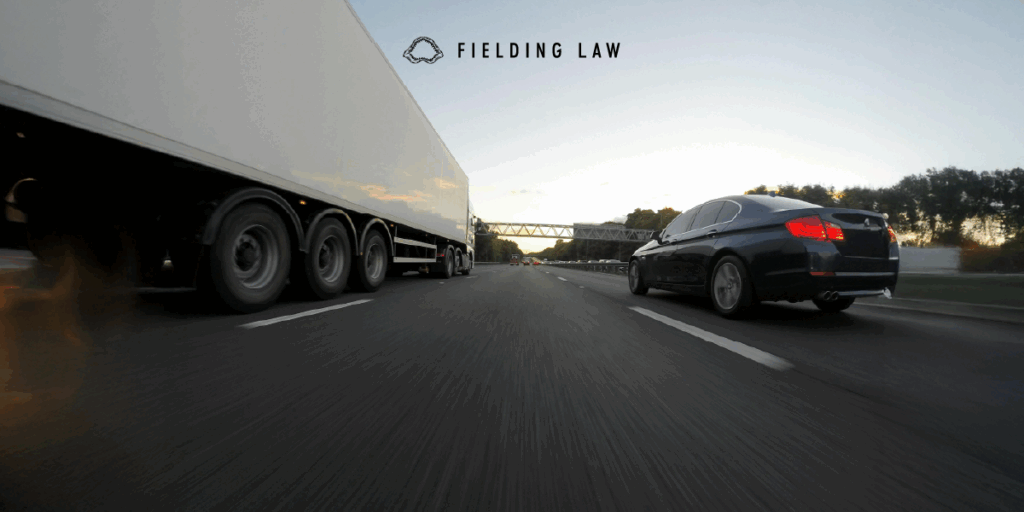
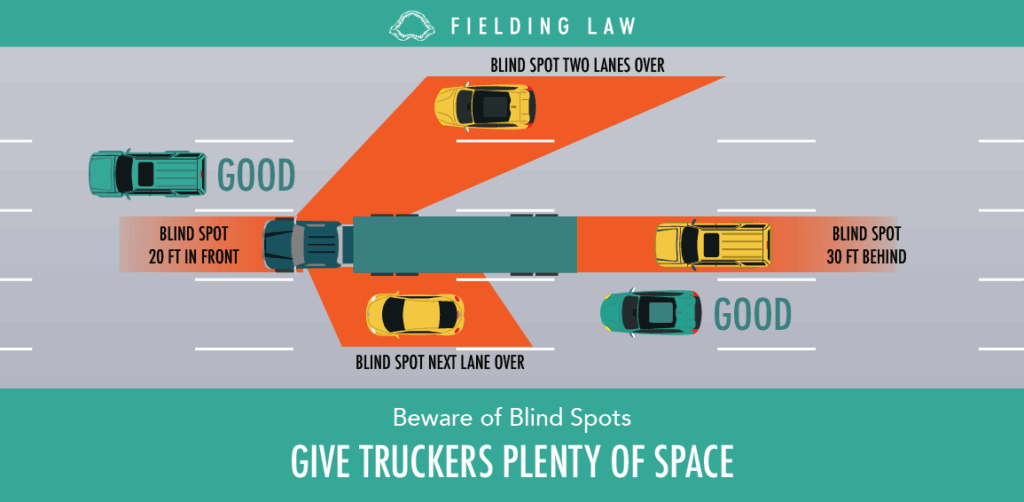
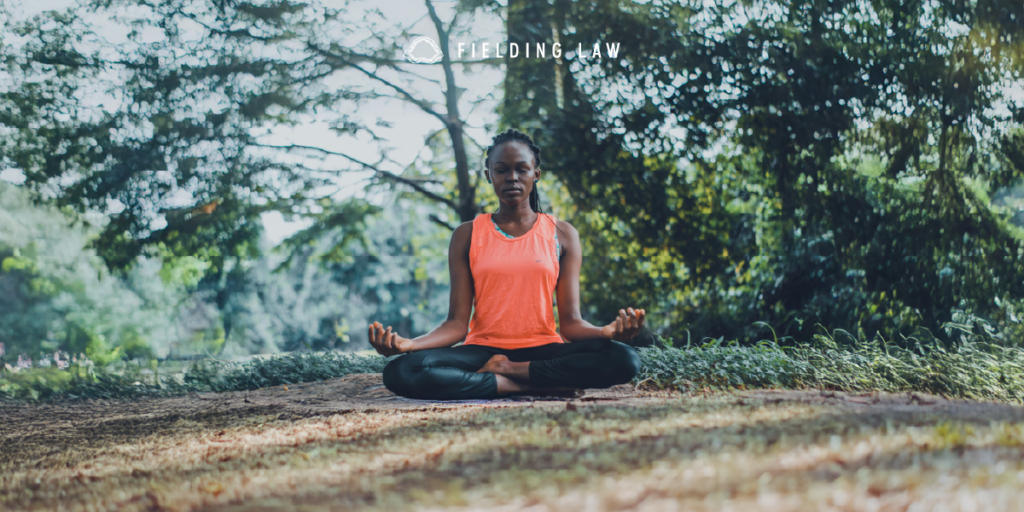
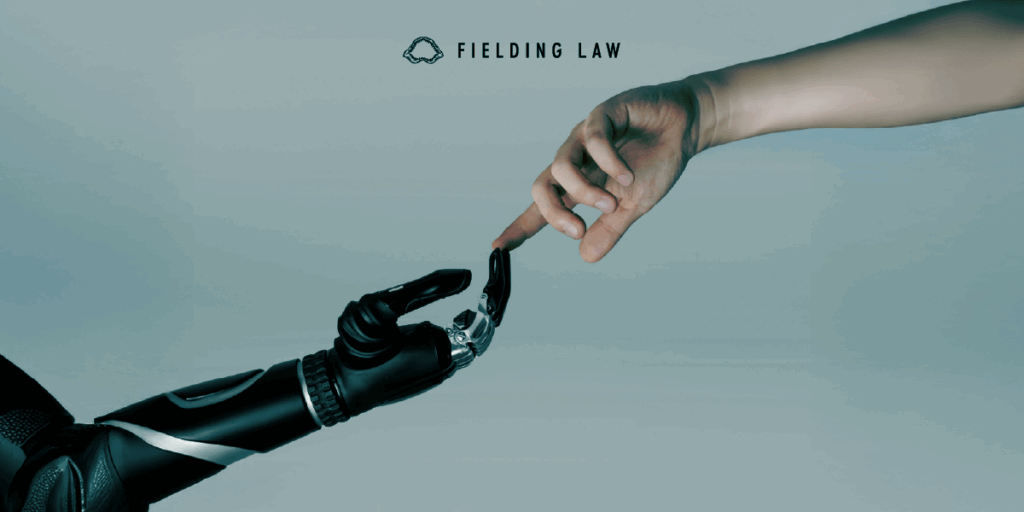
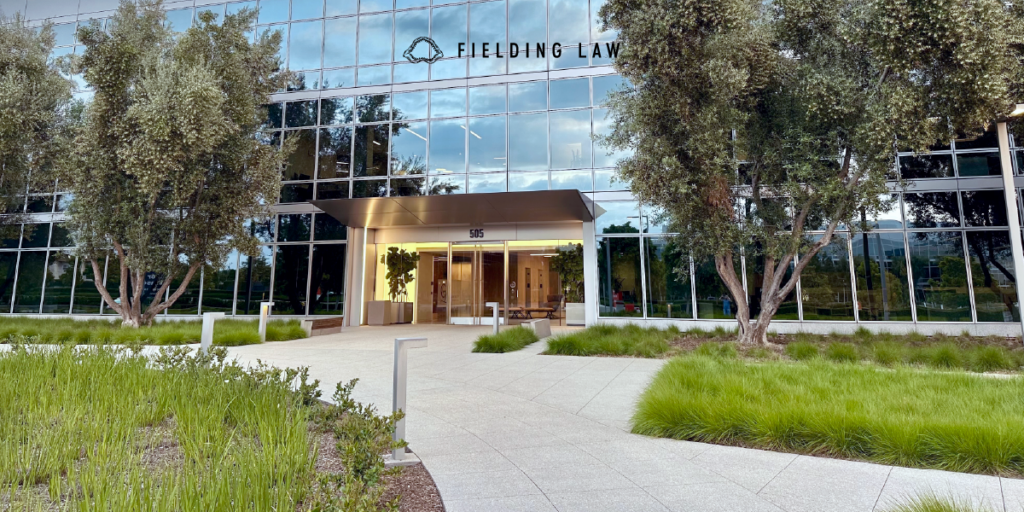
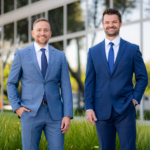 Clark H. Fielding
Clark H. Fielding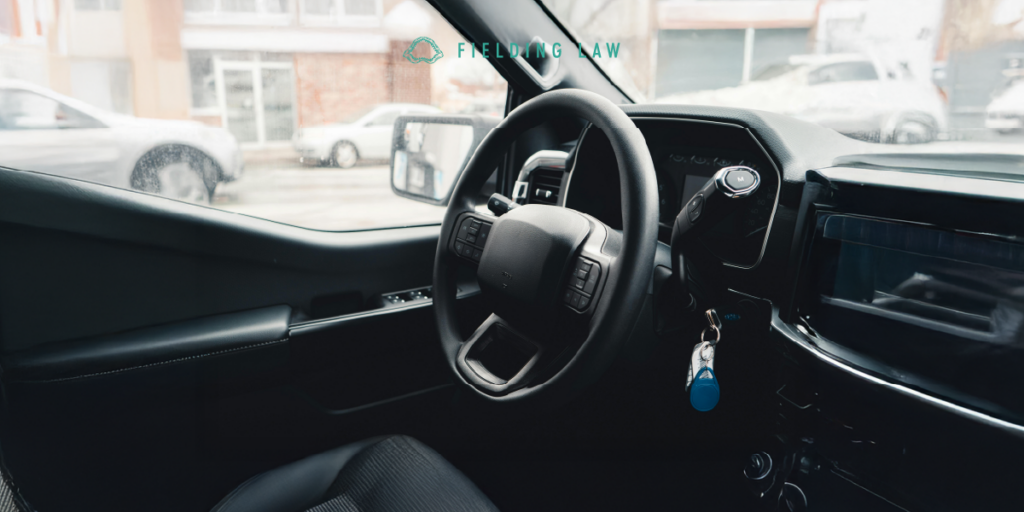
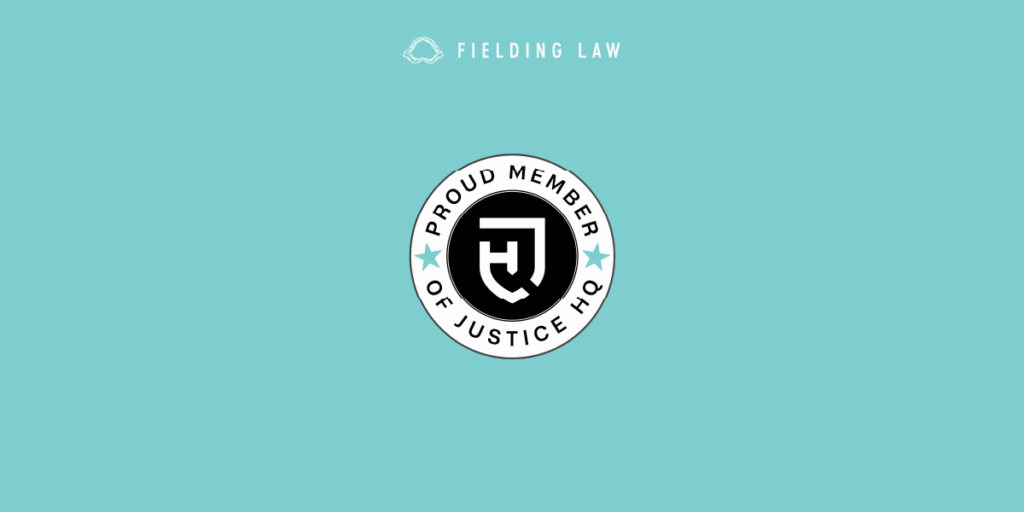
 Fielding Law proudly congratulates founding attorney
Fielding Law proudly congratulates founding attorney 